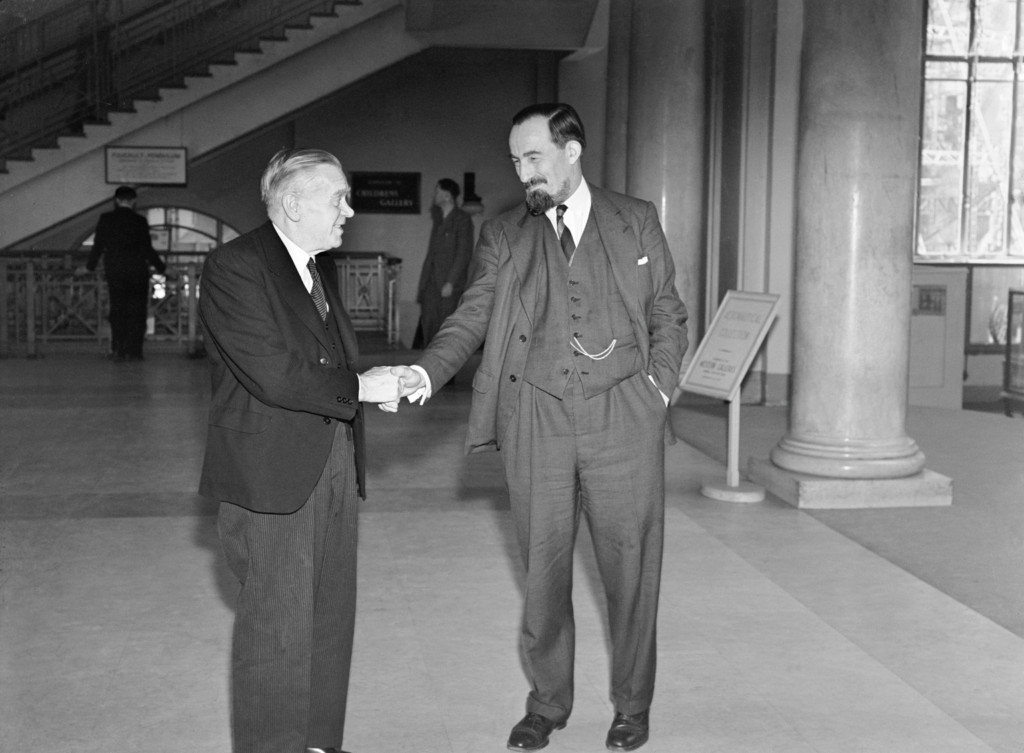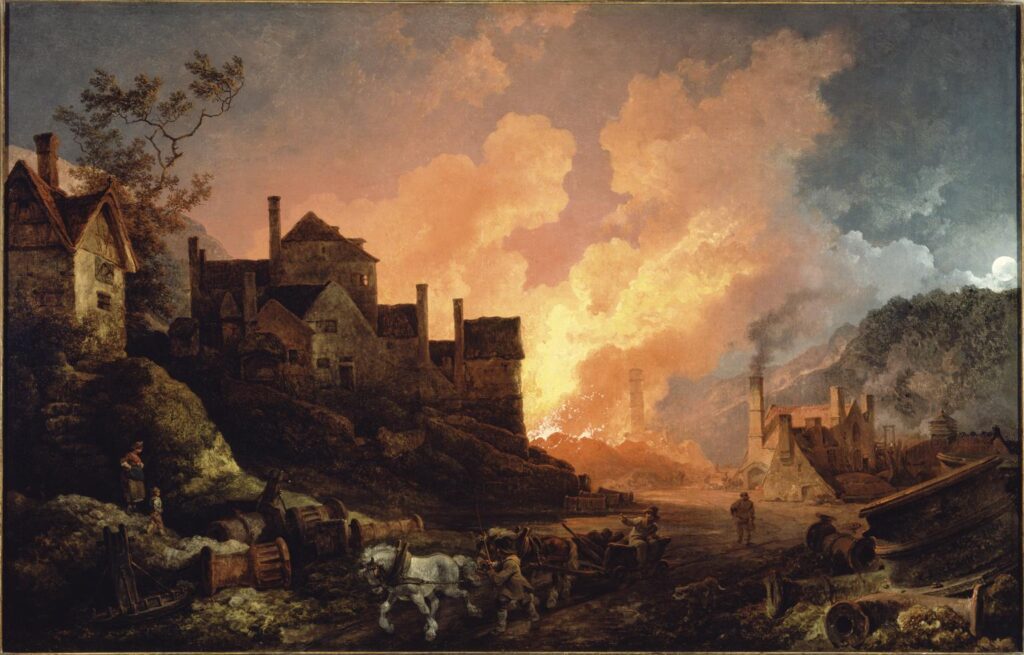Only one Science Museum Director has come from an academic background in the history of science. Dr Frank Sherwood Taylor was at the helm for a little over five years from 1950. 70 years ago he had just completed his two-year period in office as President of the British Society for the History of Science; again, he is the only Director to have held that office.
It is fascinating to look into how a historian approached running the museum. Sherwood Taylor was a very distinctive appointment; he had written a doctorate about Ancient Greek alchemy, was author of dozens of books on science ancient and modern, and was a prominent convert to Roman Catholicism. It has been said that his appointment was a bit of a surprise because the museum had been looking for an ace administrator, instead of which they got an ‘urbane intellectual’.

In fact, Sherwood Taylor was not a fusty academic, but someone who wanted to change the museum dramatically. He argued for sensitivity to the needs of the museum’s visitors, promoting more vivid and dramatic displays. He arranged for the first visitor studies to be undertaken at the museum, and he favoured the acquisition of dramatic and attractive objects, including Philippe Jacques de Loutherbourg’s now famous but then unknown oil painting, Coalbrookdale by Night. This infuriated the deputy keeper of chemistry, who complained about its romantic and misleading depiction of metallurgy.

We see Sherwood Taylor’s historian’s training coming to the fore in proposals he made to the museum’s Advisory Council in a lengthy policy document he presented to them in July 1951. Here he voiced two minority – and to some extent unpopular – ideas that have now come to be a normal part of how museums function. He argued that the museum should be like other great national institutions by deliberately building a large collection of objects beyond those on display. Until the Second World War, the museum displayed virtually its entire collection in its South Kensington galleries. Curators limited their collecting as they awaited the construction of new extensions to house the greater numbers of objects needed to show the ever-growing fields of science and technology. He solved this by drawing on his firm ideas of what the visiting public needed:
The preservation of extensive historical collections is … chiefly important to the historian, the scholar and the scientist … while the display of broad historical developments is chiefly required by the general public without specialized knowledge. The difference between their requirements is chiefly in respect of the quantity of material to be acquired, and its presentation.
The public should have their displays of ‘broad historical developments’ presented in vivid ways, but the experts could still consult the detailed series of objects that would now be held elsewhere. Fast forward 70 years, and this is the museum we have today – with the many collection items not on display stored at the National Collections Centre in Wiltshire, which will open for public tours, school and research visits from 2024.
Sherwood Taylor had less luck with his other radical proposal, to transform the display of the collection in the museum. Up to that date every gallery in the museum was devoted to a single collection – textile machinery or acoustics for example. The galleries followed a uniform approach, laying-out the objects to show ‘lines of development’ in the objects shown, with the latest products shown separately in each gallery. The Children’s Gallery and temporary exhibitions were the only exception to this rule. Sherwood Taylor had a different idea: why not lay out the galleries by historical period instead of by discipline? That way it would be possible to show the connections between subjects, and you could put them in attractive period settings – as had just been done at the V&A.
The early fifties was a hard time to be Director. Postwar limits on spending meant staff cuts and delays to the construction of the museum’s much needed westward extension, the building that now holds Making the Modern World and Information Age, Flight, and much of Medicine: The Wellcome Galleries. Sherwood Taylor was never to see the historically-organised galleries now in the museum such as Science City or Making the Modern World, as he died in post in 1956.
And what of his faith? This man had a dramatic conversion experience in 1941, published several books about religion, and broadcast on BBC Radio about his beliefs. But he seems never to have brought his religious convictions to work, even though a fellow believer wrote to him on his appointment saying: ‘The Vatican will be pleased’.
If you’d like to know more, Tim’s article about Sherwood Taylor has recently been published in The British Journal for the History of Science.
One comment on “Dr Frank Sherwood Taylor, An Extraordinary Director”
Comments are closed.
Quite a few male Curators still dressed like that when I joined the Museum in 1980!